Pictures of pets are some of the most sought-after ones on the internet of all time. If you have a passion for animals and photography, starting a pet photography business is ideal.
Why not create photos everyone wants? What could be better than waking up every morning to photograph puppies? For some, nothing. But much like any other business endeavor, there are things to consider before going down this road.
6 Tips on How to Start a Pet Photography Business
We all wish that photography were only about taking beautiful pictures. But the reality is that any creative endeavor still has a business side. A pet photography business is 10% photography and 90% business.
Besides hours of editing work, much of your time is spent on the business side. You must run errands, deal with contracts, find creative ways to garner new business, etc.
Here are six details to remember when starting a pet photography business. They’ll help you get started on the right foot!
1. Take Business Courses or Intern With an Established Photographer
It doesn’t matter if you’re a one-person show or on a team, an on-location photographer or in a studio, working out of your home or in a business space. Your business duties will be there regardless.
To be profitable in the current business climate, you must be as business savvy as you are photography savvy. So it’s best to get well acquainted with the back end of the business.
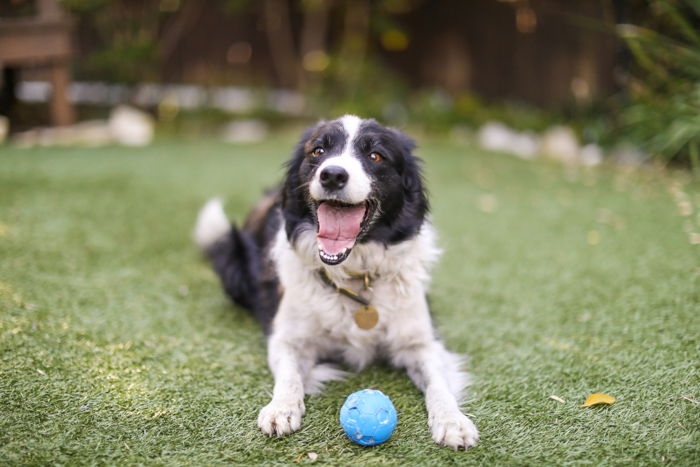
I highly recommend taking a few business courses before officially filing as a business. Or try interning with an established pet photographer to see the ins and outs of being a professional!
I wish I had done this when I first started out rather than fumbling through years of mistakes. That said, don’t be discouraged if you’re not business oriented. Pet photography is, and always will be, the primary focus of all you do!
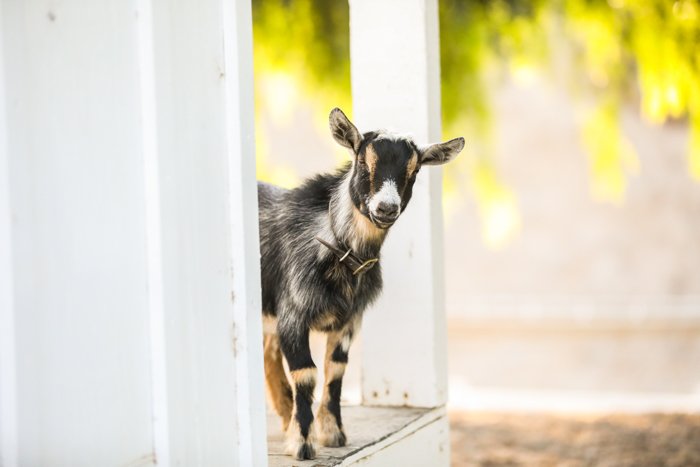
2. Become an Expert Marketer
One of the primary issues with starting a photography business is having a consistent client flow. To do so, you need to find a way to stand out from the other photographers in your niche and find ways to inform potential clients of your services.
This all boils down to one key subject—marketing. (Check our Organic Marketing for Photographers e-book.)
This means promoting and selling products or services (your photography skills). And it also includes market research and advertising.
Marketing is how you reach your target demographics (a particular population sector). And it helps you expand your business, build your reputation, and differentiate yourself from the competition.
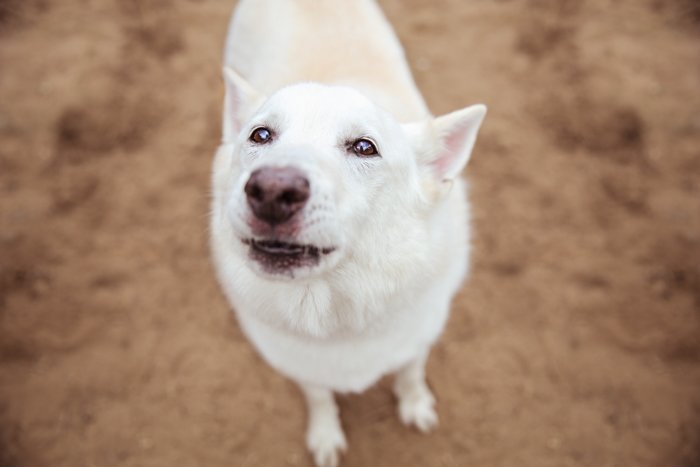
Marketing includes a large variety of techniques, ideas, and actions. It can include creating and distributing ads, cross-promoting with local businesses, and using social media. (Check our Social Success Strategies e-book.)
It can also involve referral programs. This encourages current and future clients to come back to you repeatedly. And to refer their friends to you!
You won’t get very far in the pet photography business without some expert marketing skills. Research your competition, research successful marketing strategies, and research your industry. Knowledge is power. You can never have too much of it.
Turning the available information into a marketing strategy is the ultimate key to building your business.
That being said, you must be great at your craft, to begin with. Never stop learning more about photography. And always strive to do better and be better. Marketing only works when you have solid skill and talent behind it.
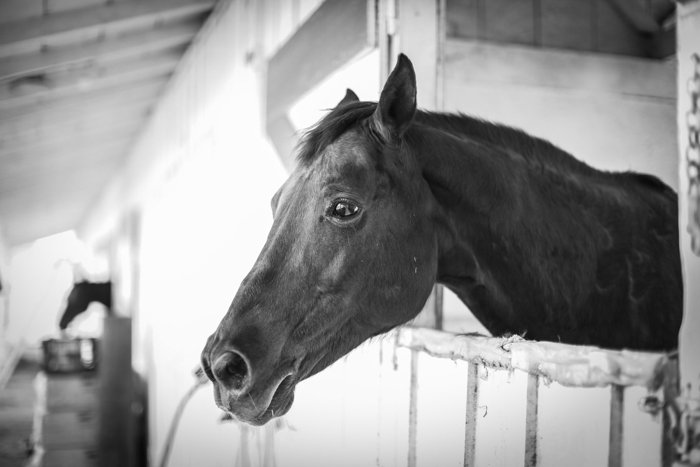
3. Keep Spaces and Equipment Spotless and Sanitized
Whether you work out of your home or have a photography studio, cleanliness and sanitation are important. In pet photography, this is even more important. You’ll find yourself cleaning a lot after every client!
Dogs, cats, and even small critters are very messy. If they can’t find a way to get you dirty, they’ll find a way to make your equipment or shooting space dirty. As such, you’ll always be cleaning your cameras, lenses, backdrops, and even yourself.
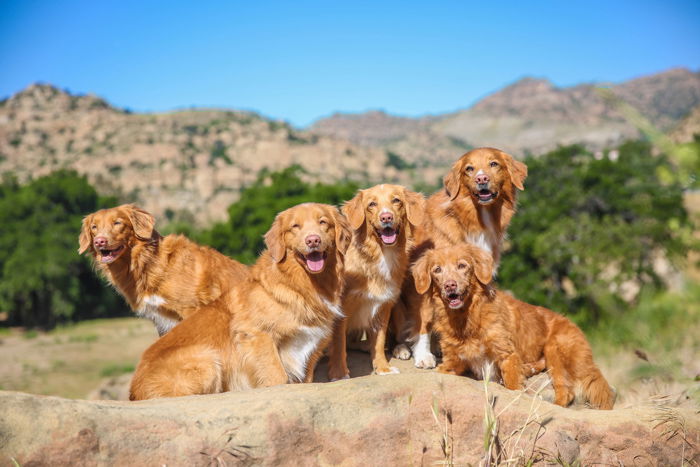 As well as cleanliness, sanitation is important. This prevents pets from passing on diseases to one another or passing an illness to you.
As well as cleanliness, sanitation is important. This prevents pets from passing on diseases to one another or passing an illness to you.
Reptiles can carry bacteria that are toxic to humans. Dogs can pass horrible ailments such as the life-threatening parvovirus to one another. And horses can pass on sicknesses to us.
So wash your hands, keep your equipment clean, and ensure the shooting space is free of anything the previous client may have brought in with them. A clean and sanitized space creates a professional environment that clients will be impressed by.
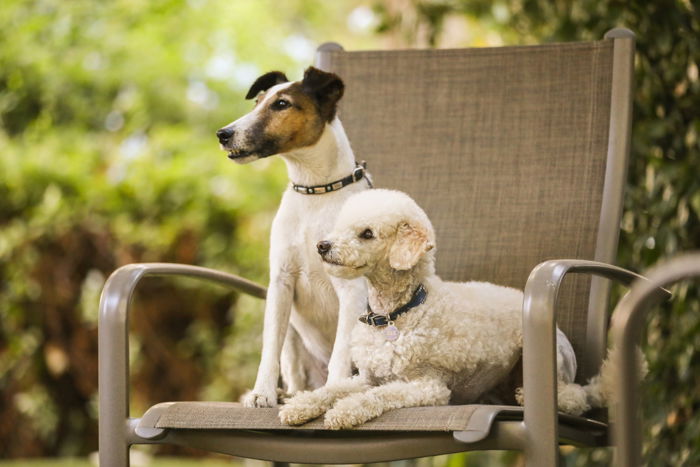
4. Find a Good Lawyer and Accountant for Support
Starting a business is an investment. You’ll be putting in money, time, and energy. And all good investments start with a team of experts to ensure all goes well. They also advise you on what the next smart move is.
As such, finding a good lawyer and accountant is key. A lawyer can help you navigate everything from contracts to filing for a business. An accountant helps keep your finances in order and aid you during the headache known as tax season.
Without these two professionals, you may find yourself drowning more often than swimming!
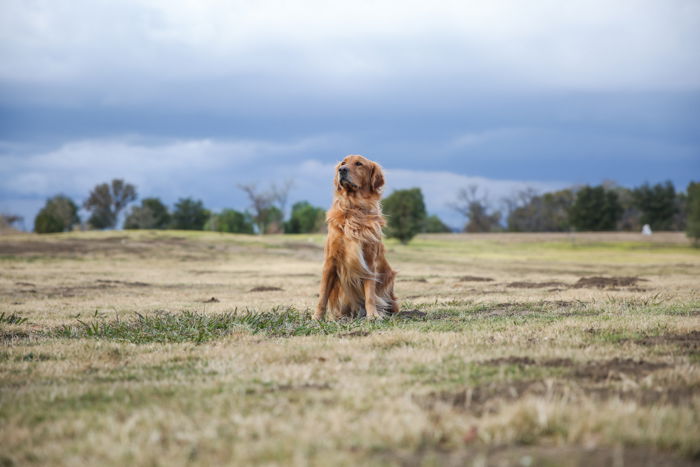
5. Expand Your Photo Kit to Maintain High Standards
You’ll often find yourself adding or trading your photo equipment to meet client demand and industry standards and advance your skills.
Everyone outgrows their equipment eventually. They’ve either become better, want something better, or the equipment has gotten too old.
Essentially, interest in upgrading equipment comes from your image-quality criteria and career demands. And the more you work as a photographer, the more you realize what additional gear you’ll need to continue or increase your quality standards.
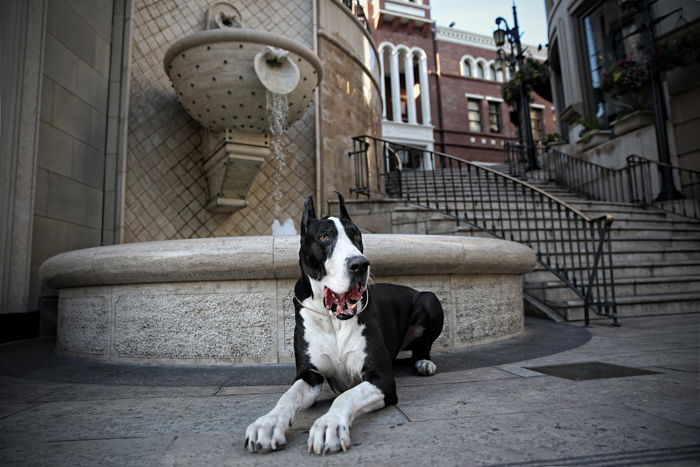
A good way to upgrade equipment is to develop relationships with your equipment company of choice, sell old gear, rent gear, or share gear with other local photographers.
You can also keep track of photo deals, keep up to date with new photo gear, and compare cameras and lenses to see if you need an upgrade. And read our list of what’s in a pet photographer’s bag.
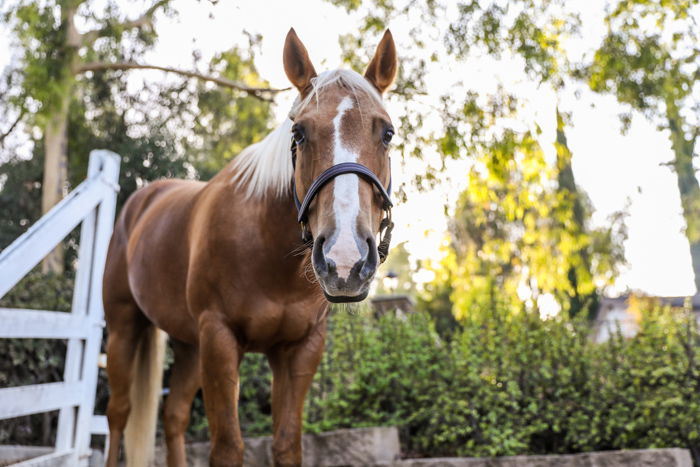
6. Deliver the Best Customer Service to Keep and Attract Clients
It’s true. How you talk to people impacts your future success. Understanding how to speak to, take care of, and handle clients is fundamental. Photography is a service industry. So much of what we do revolves around how well we service our clients.
Additionally, it is crucial to ensure your customer is confident in your ability to work with and handle their pet. You need to show compassion, understanding, kindness, and sensitivity.
You also need to develop a good rapport with them so they also ask for your photography services in the future. Treating pets and clients well also ensures positive testimonials and increases the chance of referrals.
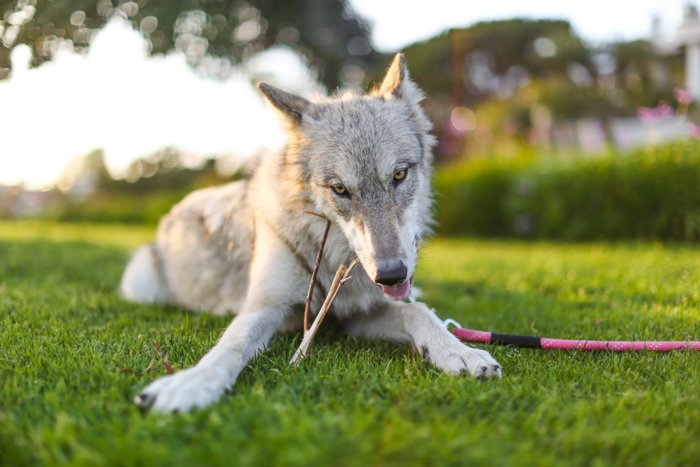
Conclusion: How to Start a Pet Photography Business
We hope our tips help provide a good foundation for your pet photography business. After opening a pet photography business, you’ll begin to develop your own very unique style. This is because the nature of running a business requires you to find what you’re good at and bring that to the forefront.
Partner a good business plan with photographing new, beautiful, fun, and unique animals. This formula is for the greatest gift—finding your own pet photo business style! For more great tips for better pet photos, check out our ultimate guide on pet photography.